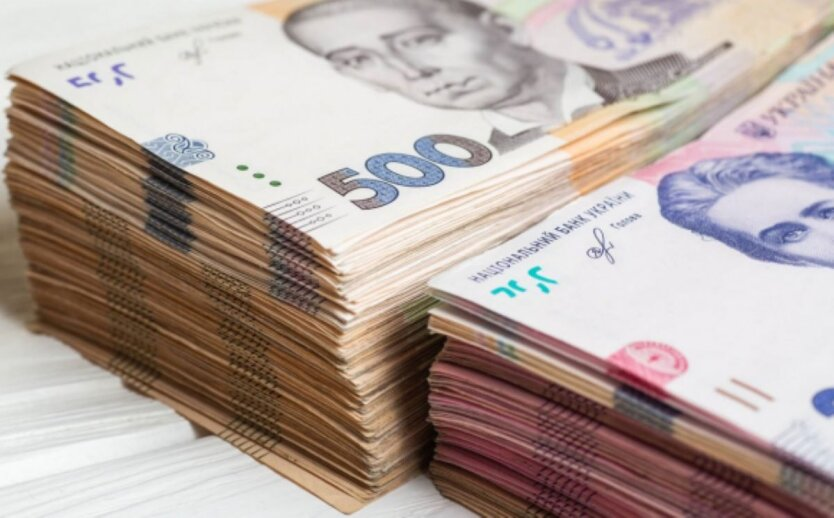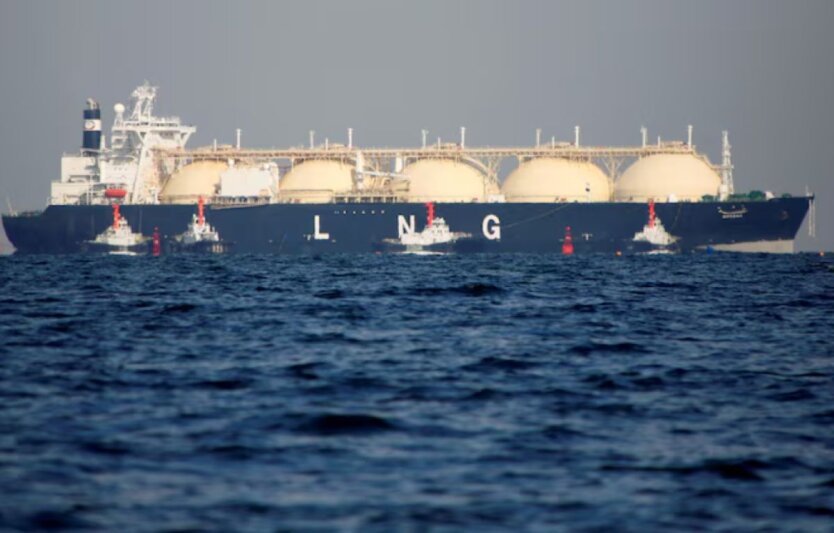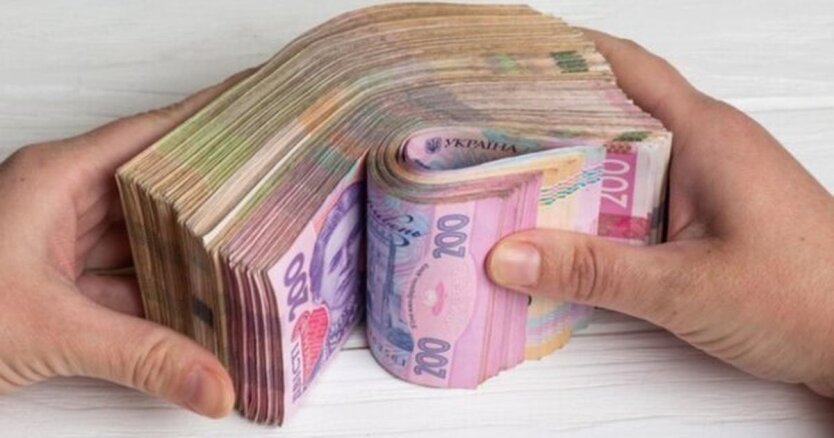The Ministry of Finance has shown how local budget revenues have increased over the year.
09.01.2025
2796

Journalist
Shostal Oleksandr
09.01.2025
2796

Increase in local budget revenues: which regions are leading?
In 2024, approximately UAH 451 billion was received in the general fund of local budgets in Ukraine, which is UAH 87.6 billion more compared to 2023.
According to the Ministry of Finance, the main sources of income for the general fund of local budgets (excluding inter-budget transfers) in 2024 were:
- PIT - UAH 257.5 billion;
- single tax - UAH 69.1 billion;
- land payment - UAH 39.3 billion;
- excise tax - UAH 27.8 billion;
- corporate income tax from the private sector - UAH 27.1 billion;
- property tax - UAH 10.7 billion.
The largest increase in local budget revenues was recorded in Kyiv (+36.8%) and in the following regions:
- Mykolaiv (+29.5%);
- Transcarpathian (+27.5%);
- Kyiv (+27.2%);
- Volyn (26.1%);
- Vinnytsia (+25.1%).
'The increase in revenues in these regions is associated, in particular, with the relocation of citizens and businesses from territories where hostilities are taking place or have taken place, or from territories that were or are temporarily occupied by the Russian Federation. Accordingly, the lowest revenue figures are observed in regions where active hostilities are ongoing or whose territories have been or are temporarily occupied by the Russian Federation, in particular in Donetsk, Zaporizhia, Kherson, and Luhansk regions,' the Ministry of Finance reported.
Read also
- Analyst assesses the impact of the conflict in the Middle East on fuel prices in Ukraine
- In Ukraine, a study on granting communities the status of legal entities was presented
- Ukrainians have been explained what to pay attention to when purchasing a land plot
- Zelensky to meet with Trump: Axios learned the place and date of the negotiations
- The European Union will require energy companies to report on gas agreements with the Russian Federation
- Ukrainians explained who can receive one-time payments for Independence Day










